We'll cover everything from the basics of welding machines and pipe fittings to more advanced concepts, such as the advantages and disadvantages of different types of machines and fittings. We'll also provide you with tips and tricks to ensure that you get the best results from your welding machine and pipe fittings. With this guide, you'll be able to confidently select the right welding machine and pipe fitting for your project and ensure that your project is completed to the highest standards.
What is PPR Welding?
PPR welding is a type of welding that involves welding two pipe fittings that are either parallel or at an angle to each other. This kind of welding is often used to join two pieces of pipe approximately 90 or 120 degrees apart. PPR welding has several advantages compared to other types of welding. For example, it uses much less energy than TIG welding, making it suitable for use in applications where energy costs are a concern. It also doesn't produce as many sparks, so environments where sparks are an issue, like within a food processing plant, are more easily manageable. PPR welding is also faster than butt welding, which makes it a good choice for applications where quick results are needed, like pipe repair jobs.
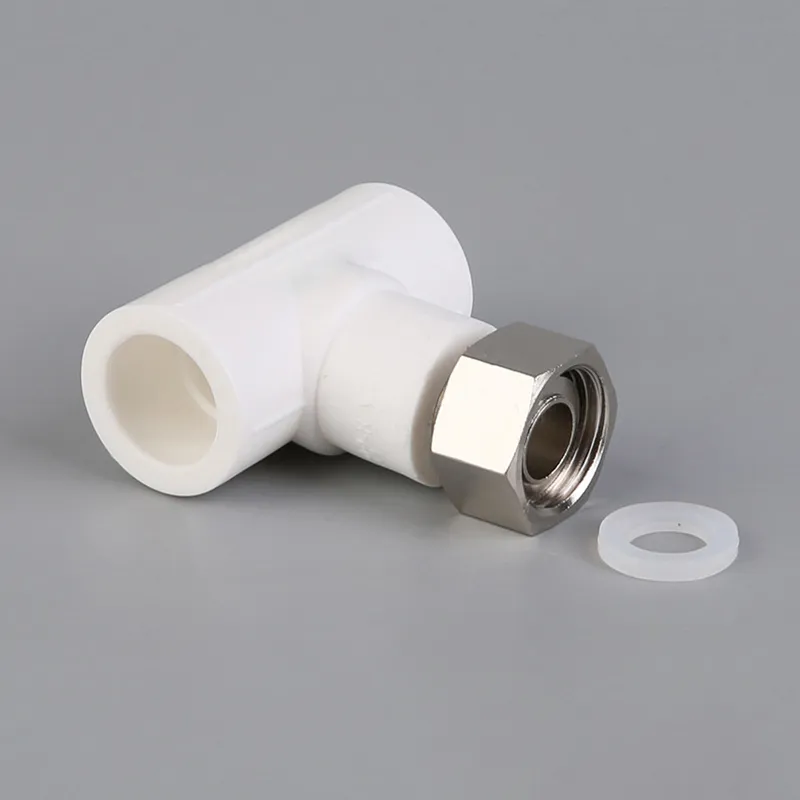
Types of PPR Pipe Fittings
PPR welds are classified into different types depending on what is being welded and how the fittings are being joined.
- Butt Welds
- Butt welds are the most basic type of PPR weld. Like butt joints, they involve joining two pieces of pipe with a round pipe fitting called a butt weld. - Lap Welds - The name of this type of weld indicates exactly what this weld joins - a pipe fitting to a pipe. The pipe fitting is either a round male or female weld and the pipe being welded is a round female weld.
- Cross-Linked Joints
- This type of joint involves welding a fitting to a piece of pipe and then joining the welded sections of pipe together. Cross-linked joints are often used to join two pipes that are laid at a right angle to each other.
- Soldered Joints
- This type of joint is used for thicker sections of pipe, such as those used for water or gas pipelines. Like soldering, soldered joints involve joining two pieces of metal with a liquid or electrical conductor. The main difference between soldered joints and soldering is that soldered joints are heated and then allowed to cool for a period of time before being welded. - Flanges Welds
- Flanges welds join two pieces of pipe using a rubber flange. Flange welds are usually used to join two pieces of pipe that are being buried underground.
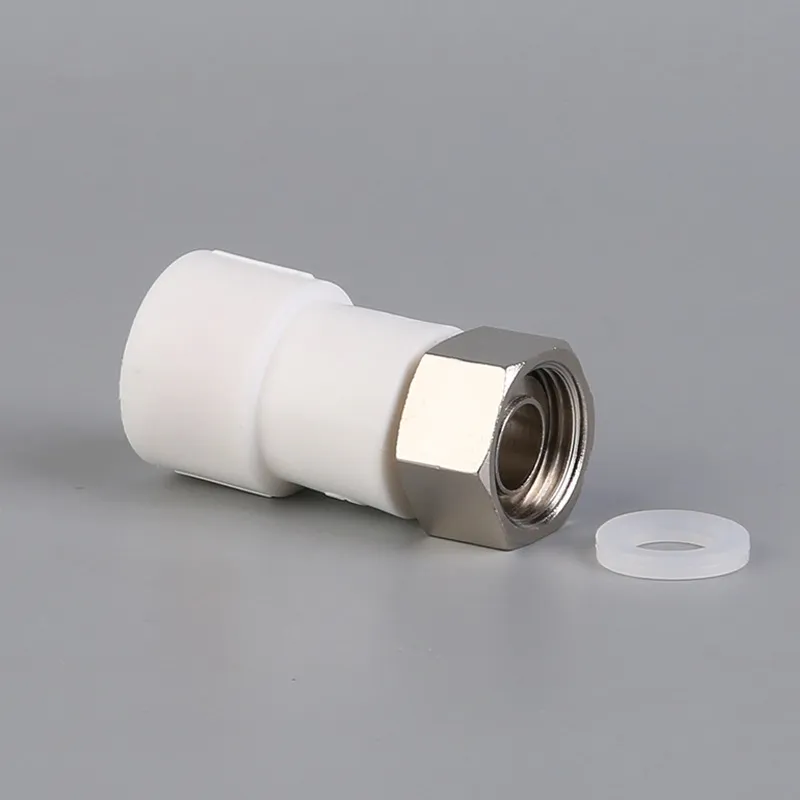
Welding Machines
PPR welders are typically industrial welding machines that are designed to weld pipe fittings. While many welding machines are capable of a range of welding processes, PPR welding is said to be the most versatile. This is because it can be used to weld different types of pipe and has the ability to join different types of fittings, such as round and square pipe fittings and flange fittings. Furthermore, PPR welding machines are capable of welding a range of materials and have features to ensure that they don't burn through the materials being welded. This means that they are often used to weld high-pressure pipes. Welding machines that are suitable for PPR welding can be separated into three types based on their power source - Electric Welding Machines, Gas Tungsten Arc Welding Machines, and Gas Metal Arc Welding Machines.
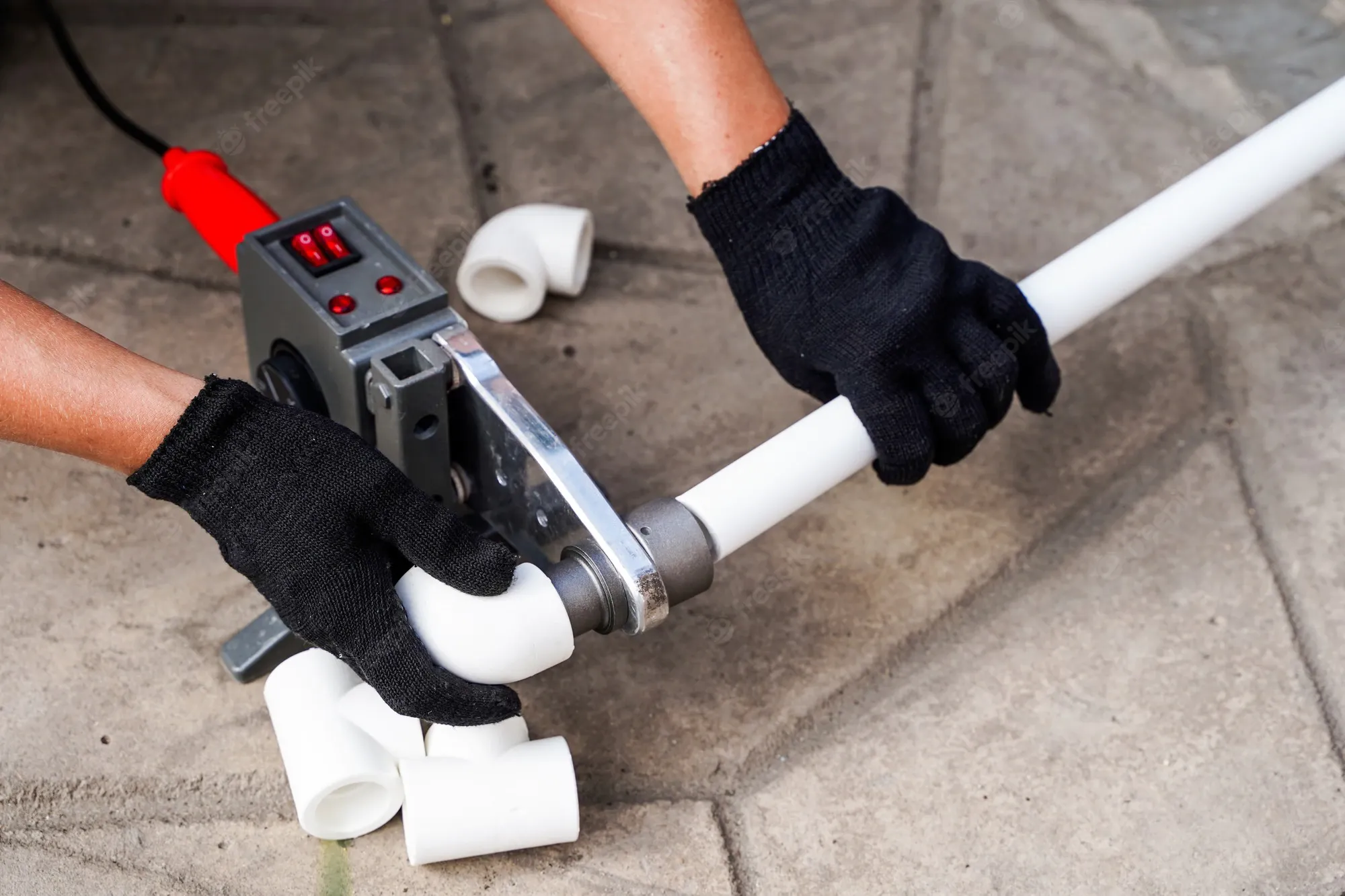
Advantages and Disadvantages of PPR Welding
PPR welding is a great method of joining pipes because it's quick, flexible, and easy to do. This means that it can be used to repair broken pipes, change the direction of pipes, and replace sections of piping. However, PPR welding isn't suitable for every application, so it's important that you choose the right machine for your welding needs. Here are some of the advantages and disadvantages of PPR welding. Advantages
- Relatively low cost
- PPR welding is relatively inexpensive compared to other types of welding. This is because you only need to buy a welding machine, which compared to gas or electricity, is often cheaper. This means that PPR welding is a good choice for projects where money is an issue, e.g. for local community projects or for charity fund-raising events.
- No welding fumes
- Unlike other welding methods, PPR welding doesn't produce fumes, making it suitable for use in areas where welding fumes are an issue, such as within a food processing plant.
- No sparks
- Another advantage of PPR welding is that you won't produce as many sparks, making it safer to work in areas where sparks are a safety hazard, such as within a power station.
- Quick
- PPR welding is quick, making it suitable for jobs that need to be completed quickly, such as pipe repair jobs or jobs that need to be completed as quickly as possible, such as replacing a section of a pipeline.
- Good for joining round and square pipes
- PPR welding is good for joining round and square pipes, making it suitable for projects where you need to join pipes that are at an angle, such as between two buildings.
- Good for joining materials, like steel and cast iron
- PPR welding is good for joining materials, like steel, cast iron, and other ferrous materials, making it suitable for projects that require welding on challenging materials, such as those that are buried underground.
- Can weld different materials
- PPR welding can weld a wide range of materials, making it suitable for a variety of different projects.
- Good for joining materials, like steel and cast iron
- PPR welding can weld materials, like steel and cast iron, making it suitable for projects that require welding on challenging materials, such as those that are buried underground.
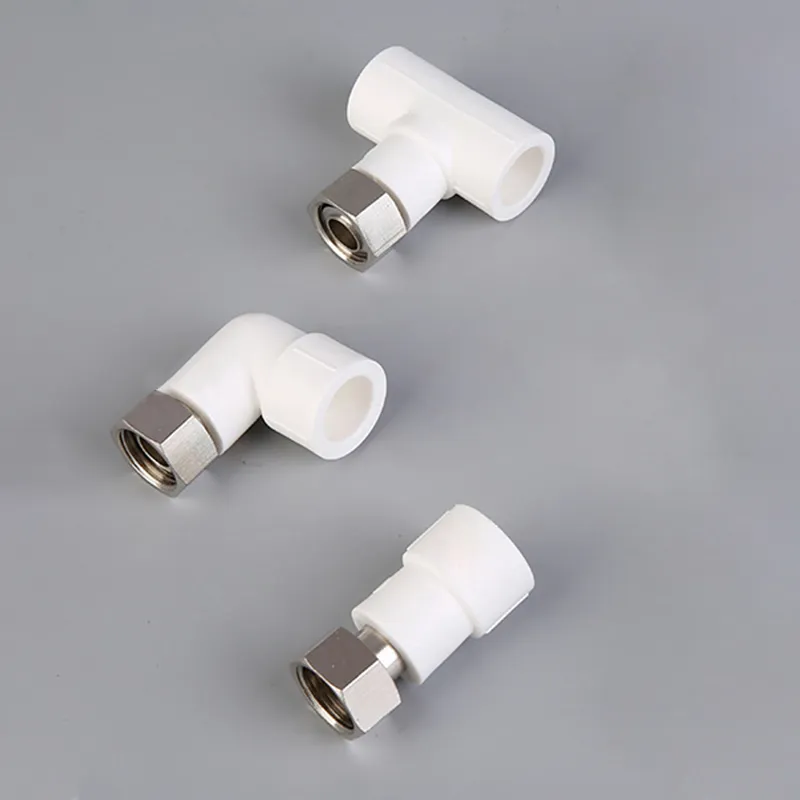
Summary of PPR Welding and Pipe Fittings
PPR welding involves joining two pieces of pipe with either a round pipe fitting called a butt weld or a flange weld. PPR welding has several advantages over other types of welding, including that it uses much less energy than TIG welding, making it suitable for use in applications where energy costs are a concern. It also doesn't produce as many sparks, making it safer to work in environments where sparks are an issue, such as within a power station. PPR welds are classified into different types depending on what is being welded and how the fittings are being joined. Butt welds are the most basic type of PPR weld while lap welds, cross-linked joints, soldered joints, and flanges welds are more advanced. PPR welders are typically industrial welding machines that are designed to weld pipe fittings. They can be powered by electricity, gas, or a combination of the two.
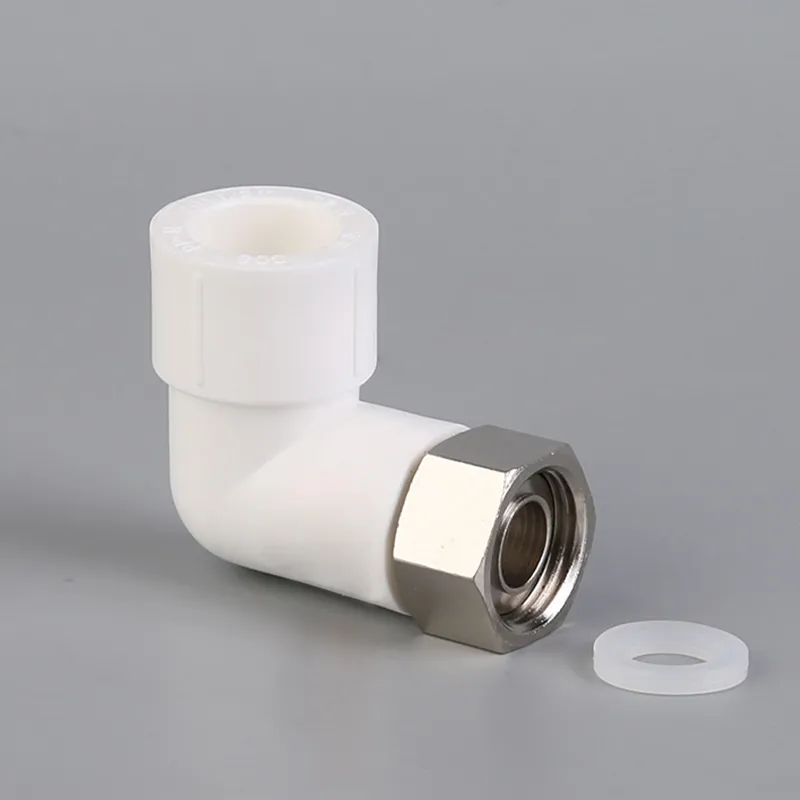








659.webp)
210.webp)
328.webp)

294.webp)
476.webp)


